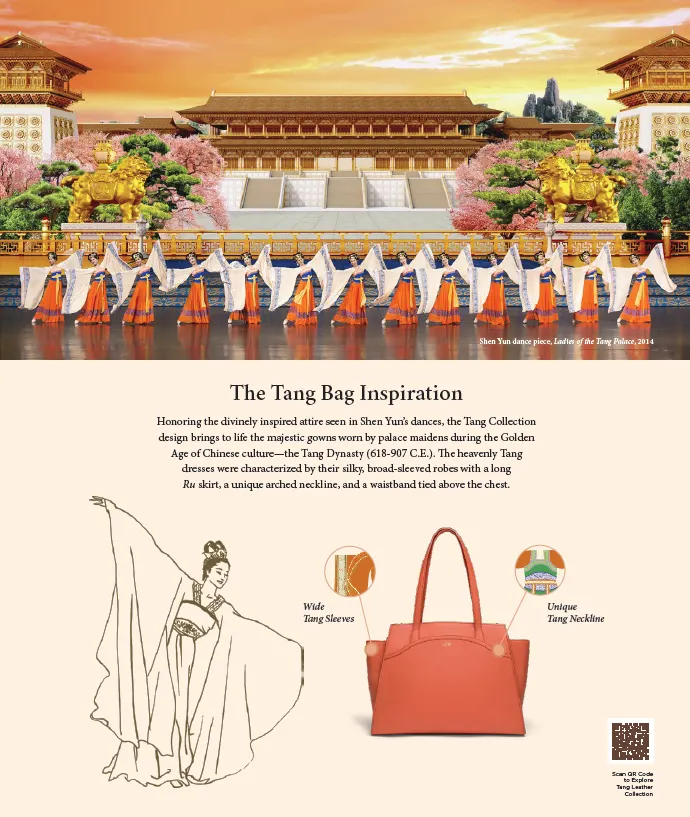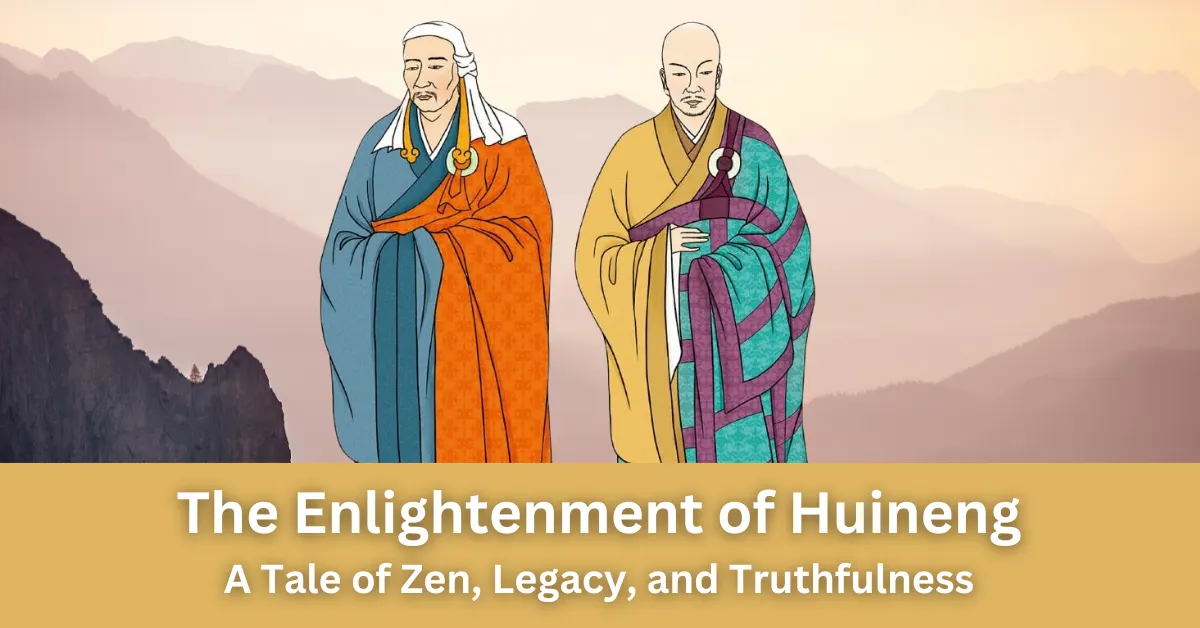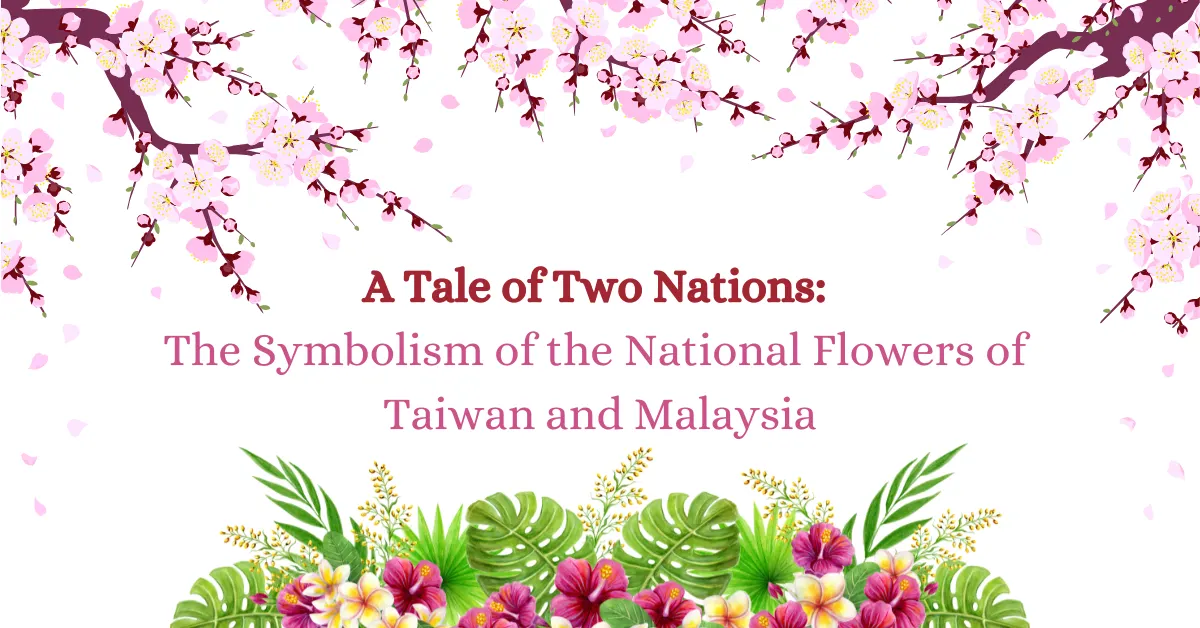Tang Emperor Li Shimin's Enlightened Rule: Compassion, Justice, and Trust in Building a Great Empire
Tang Emperor Li Shimin's Enlightened Rule: Compassion, Justice, and Trust in Building a Great Empire
Tang Emperor Li Shimin (唐皇帝李世民), also known as Emperor Taizong of Tang (唐太宗), is one of China's most revered emperors, remembered for his wise governance, military achievements, and remarkable compassion. His reign is often seen as a model for enlightened leadership, blending justice, trust, and diplomacy to build a prosperous and stable empire. His era is famously known as 貞觀之治 (Zhēn Guàn Zhī Zhì), meaning the "Reign of Good Governance," a period of peace, prosperity, and effective rule.
Listening to Criticism for Better Governance
One of Tang Emperor Taizong's defining qualities was his openness to feedback, especially from his advisors. Wei Zheng (魏徵), a trusted senior official, often criticized the emperor's decisions. Rather than reacting defensively, Tang Emperor Li Shimin welcomed these critiques as opportunities for self-improvement. His willingness to listen created a government based on transparency and accountability, inspiring loyalty and confidence among his officials, contributing greatly to the Reign of Good Governance.
Trusting His People: An Unprecedented Act of Compassion
An extraordinary example of Tang Emperor Taizong’s compassion and trust in his subjects is documented in the New Book of Tang (《新唐書》). Before a group of prisoners were to be executed, the emperor allowed them to return home for the New Year, trusting that they would return to face their sentence. Remarkably, all the prisoners honored their word and returned on time. Moved by their integrity, Tang Emperor Li Shimin granted them a full pardon. This act of mercy demonstrated the deep moral connection between the emperor and his people, strengthening their loyalty and trust in his rule—further embodying the ideals of the Reign of Good Governance, where justice and compassion harmonized.
Establishing a Just Legal System
Tang Emperor Taizong understood that a stable and prosperous empire required fair laws. He worked to develop the 唐律 (Tang Code), a legal system that balanced authority with compassion. He often intervened to prevent overly harsh punishments, emphasizing that excessive cruelty would only foster resentment. His balanced approach to law and justice helped create an environment of peace and order, which was a key feature of the Reign of Good Governance. His reign and legal reforms were admired not only within China but also by neighboring nations.
Benevolence and Military Diplomacy
Although Tang Emperor Li Shimin was compassionate, he was also a formidable military strategist. His successful campaigns expanded the Tang Dynasty’s borders and secured dominance in Central Asia. However, his military victories were often followed by diplomacy. After defeating the Eastern Turks (東突厥), for example, Tang Emperor Taizong treated their khagan (可汗) with respect, ensuring long-term peace through a blend of strength and benevolence. These diplomatic efforts further enhanced the stability of the Reign of Good Governance.
A Legacy of Enlightened Leadership
Tang Emperor Li Shimin’s reign is often regarded as the foundation of the Tang Dynasty’s golden age. By balancing justice with compassion, strength with diplomacy, and authority with humility, he created a model of governance that would be admired for centuries. His ability to trust and connect with his people on a moral level, as demonstrated by the New Year pardon, left a lasting legacy of humane and effective leadership, marking the Reign of Good Governance as one of the most respected periods in Chinese history.
Under Tang Emperor Taizong's rule, China flourished culturally, economically, and militarily, becoming a hub of innovation and trade. His governance remains a timeless example of how compassion and justice can coexist in building a great empire, a shining testament to the principles of the Reign of Good Governance.
Global Renaissance Collections is the authorised distributor of Shen Yun Collections in Malaysia.























































